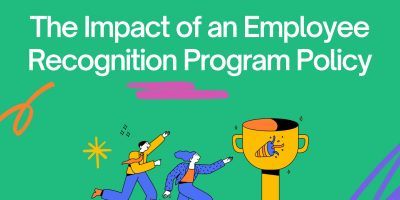
Reskilling America: The New Employer’s Handbook
With the Fourth Industrial Revolution, the Great Resignation, and the Great Rehiring, there is now an urgency for upskilling and reskilling America. Is providing learning opportunities to enhance, advance, and teach workers new competencies the best strategy for it?






